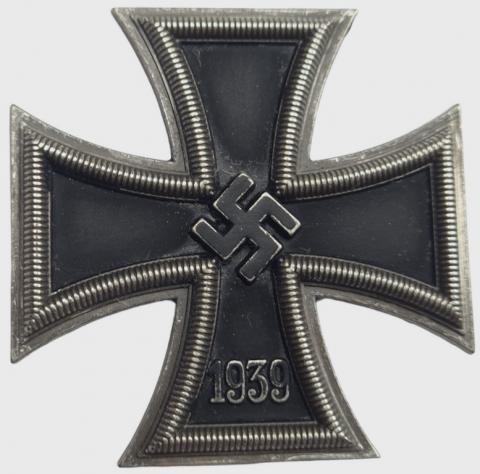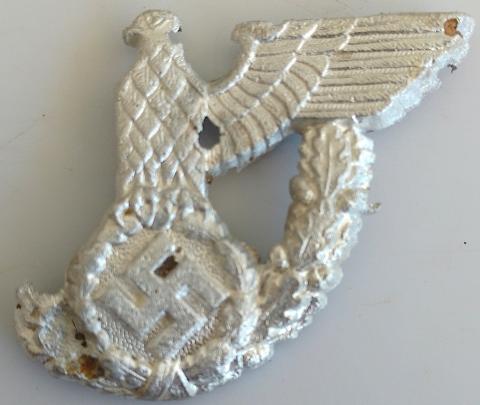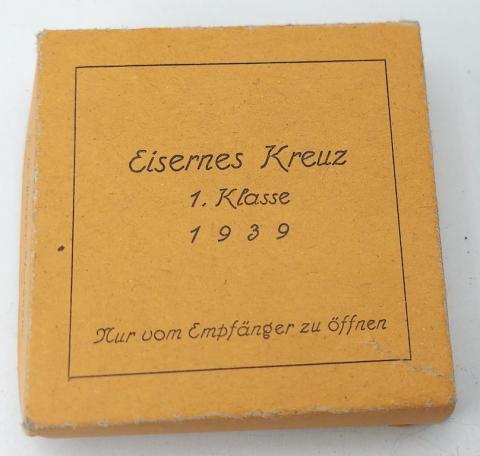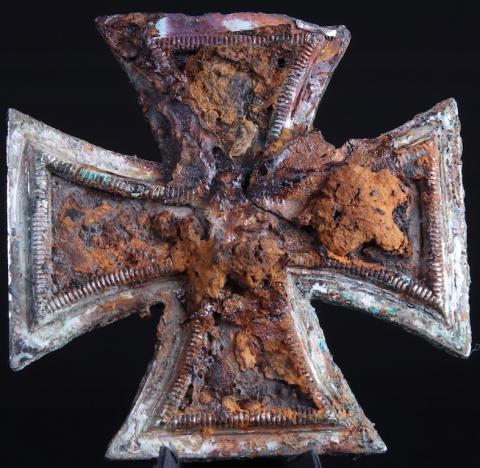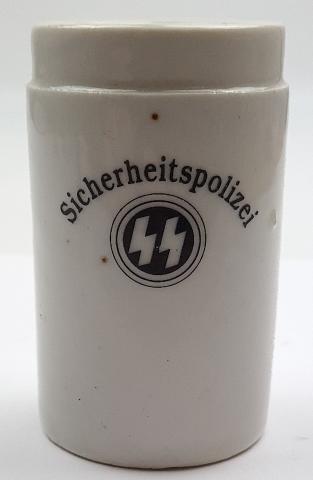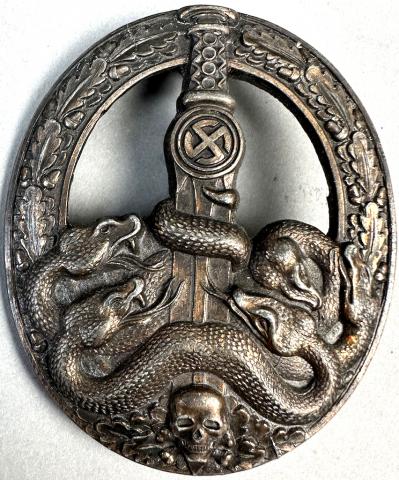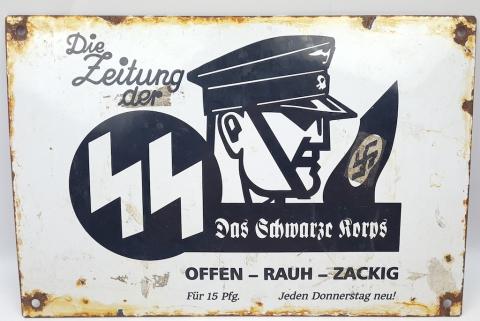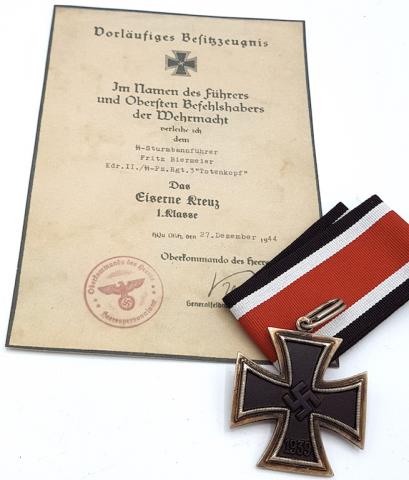WW2 GERMAN NAZI WAFFEN SS POLICE POLIZEI GESTAPO DAGGER BLADE MARKED
WW2 GERMAN NAZI WAFFEN SS POLICE POLIZEI GESTAPO DAGGER BLADE MARKED
Product
WW2 GERMAN NAZI WAFFEN SS POLICE POLIZEI GESTAPO DAGGER BLADE MARKED
I DON'T KNOW A LOT ABOUT THIS, SOMEONE TOLD ME IT WAS A POLICE DAGGER BLADE SO I LIST IT LIKE THAT
FOR THAT REASON IT'S VERY CHEAP
FREE SHIPPING IS FOR ORDER OVER 100$ ONLY...
SHIPPING ONLY FOR THIS WILL BE 20$
